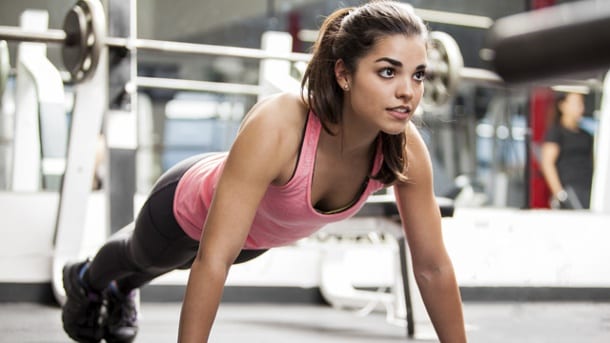Why should you have a healthy core? What is your core to begin with? These are important questions you should have answers to before you set out to strengthen your core and get yourself an easy ABS plastic repair. The core isn’t a single thing. Rather, it is a collection of muscles along the spine that are concerned with providing support to the pelvis, spine and shoulders. These are important muscles since they are the base on which other powerful movements are supported ― movements that are later transferred to your arms and legs. It’s important that your core muscles remain in great shape since that is what protects you from injury.
1. How to Know If Your Core Is Engaged
Before you start working on your core, you need to be sure that you are, in fact, working on the right set of muscles. There is a technique you can use to determine this:
- Start by lying face up on the floor with your knees bent at a right angle and your feet flat on the floor.
- Now, place your hands on your hip bones, right at the top and, with two fingers, push deep into the skin there.
- Do something that requires a major heave, such as laughing or coughing. This will cause the muscle under your fingertips to bulge. That is the transverse abdominis muscle, and it is one of the main muscles of your core.
Throughout the tips below, you should maintain the activation of your core and also in your daily activities, even when doing simple things like sitting or standing in a queue.
2. The Importance of Core Exercises
Core exercises have a lot of advantages:
- For starters, they make you look younger, which may seem counterintuitive at first since the core muscles are invisible. However, stronger core muscles improve your posture and that ultimately makes you look younger.
- Core muscles are shields for your insides, and they also support your spine. They should, therefore, always be strong.
- Core muscles protect you from getting injured. With weak muscles in your core, much of the effort will be compensated by other muscles in your body, causing them too much strain and increasing the risk of injury to places like your shoulders and lower back.
3. Important Core Exercises
The Plank
To perform a plank, get in a low position with your knees on the floor and your elbows supporting you. Now contract the muscles in your abdomen and lift your knees from the floor. Keep your back straight with the shoulders, hips, and ankles in the same line and the rest of the body stable. Hold this position for 30 seconds and repeat for five repetitions.
The Bridge
Lie on your back with your face up, and your knees bent at a right angle and your feet flat on the floor. Your hands should also be flat at your sides and your arms straight. Now, lift your hips from the floor so that your chest, hips, and knees lie in a straight line. Hold this position for 3 seconds and then slowly return to the original position. Repeat for five reps.
Opposite Arm and Leg Raise
Get down on all fours with your knees directly below your hips and your wrists below your shoulders. Have your spine in a neutral position. Now, lift and stretch your right arm at shoulder height as you lift and stretch your left leg at hip height. Hold this position for 10 seconds, slowly return to the original position, and then repeat with the opposite pair of arm and leg. Repeat for 15 reps.

